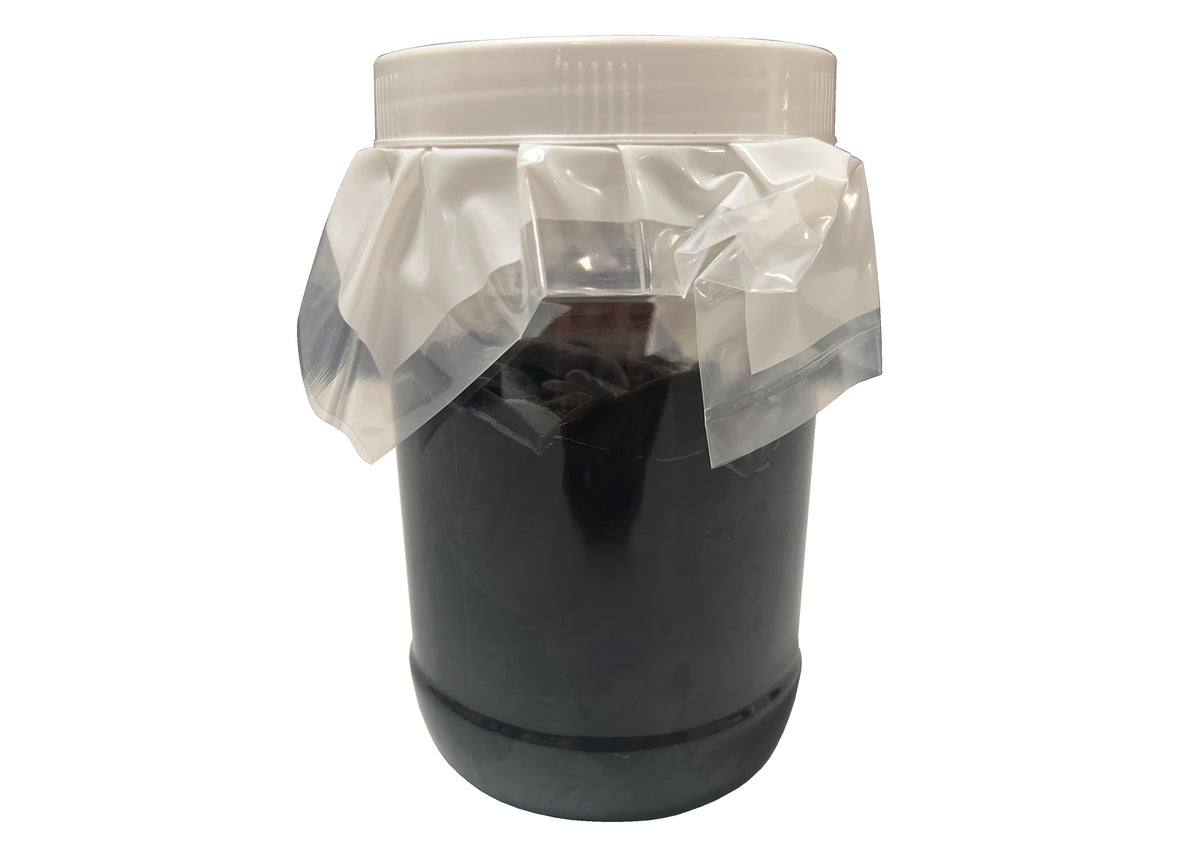Simple question: what is the correct grease application for polyurethane bushings?
It's a simple question, but gawd, there is so much conflicting information out there, even from the **** manufacturers...
For reference, here are some control arm suspension poly bushings:

If we were to grease the moving surfaces, ONLY greasing A makes sense. Here is an official video from Nolathane saying to ONLY grease this.
However, if we think of the grease as acting as an assembly grease, then greasing the outer surface (B) also makes sense. This also prevents the inner metal of the control arms from rusting due to water sitting between the poly bushing and the metal sleeve. In other words, greasing B is good because it ensures bushing seats properly (assembly grease application) and avoids water ingress (rust prevention). Here is a video from SuperPro bushings saying exactly this.
Greasing everything, as per SuperProBushings advice makes sense to me, so whyyy would Nolathane make a video explicitly saying not to grease the outside?? My only guess: they're worried that grease on the outside would compromise the static press-fit design intent and cause the bushing itself to rotate, which would cause squeaking?
Any thoughts?? Would like to settle this once and for all. If anyone is an actual bushing engineer on here, would love to hear a professional opinion! If anyone is a mechanic and has long term practical experience with poly bushings, also super helpful!! Thanks in advance!
It's a simple question, but gawd, there is so much conflicting information out there, even from the **** manufacturers...
For reference, here are some control arm suspension poly bushings:
- A: INSIDE of bushing (where actual rotation/movement happens)
- B: OUTSIDE of bushing
- C: inside of metal tube (i.e. between tube and through bolt)
- D: side surfaces of poly bushing (where they get pressed against control arm frame mounts)
- With control arm bushings, the metal tube itself does NOT rotate, it gets clamped tights against the frame mounts
- The bushing itself does NOT rotate, i.e. the outer surface (B) of bushing is press fit and static inside the control arm eyes
- Rotational movement happens between outside surface of metal tube and inside of bushing (A)
- In terms of grease type, the really tacky stuff designed specifically for poly bushings is the right stuff; confirmed this with multiple manufacturers. I'm guessing this is some type of silicone grease, but there are plenty of threads on here discussing grease type, not the point of this post
- Surface C (inside of metal tube and through bolt) doesn't move -> it doesn't need grease for movement, it just needs something to avoid rust and seizing of bolt inside sleeve. i.e. Use anti-seize, which is much better to ensure it can be disassembled in the future!
If we were to grease the moving surfaces, ONLY greasing A makes sense. Here is an official video from Nolathane saying to ONLY grease this.
However, if we think of the grease as acting as an assembly grease, then greasing the outer surface (B) also makes sense. This also prevents the inner metal of the control arms from rusting due to water sitting between the poly bushing and the metal sleeve. In other words, greasing B is good because it ensures bushing seats properly (assembly grease application) and avoids water ingress (rust prevention). Here is a video from SuperPro bushings saying exactly this.
Greasing everything, as per SuperProBushings advice makes sense to me, so whyyy would Nolathane make a video explicitly saying not to grease the outside?? My only guess: they're worried that grease on the outside would compromise the static press-fit design intent and cause the bushing itself to rotate, which would cause squeaking?
Any thoughts?? Would like to settle this once and for all. If anyone is an actual bushing engineer on here, would love to hear a professional opinion! If anyone is a mechanic and has long term practical experience with poly bushings, also super helpful!! Thanks in advance!
Last edited:

